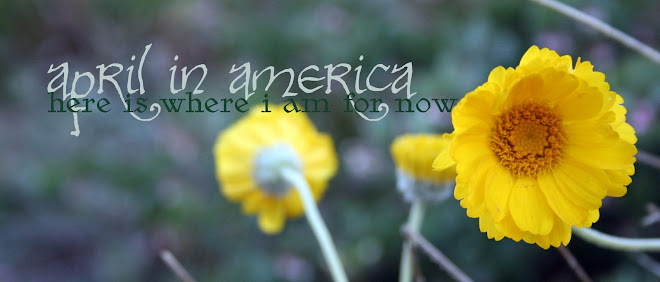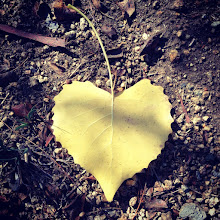 My most recent adventure was a trip to Costa Rica with a two-fold purpose: to have a mini vacation in-between quarters, and to see & encourage a friend who lives and works there. I'll grant that the above photo is not what one would normally think of for a vacation photo, but it was one of my favorite spots: the La Paz Waterfall Gardens. We didn't stay there--it's very posh--but you can visit the waterfalls and creature exhibits without being a hotel guest. I have other photos of steps and walkways for landscape architecture ideas--some people take travel photos of people. I take travel photos of rocks, railings, and bugs.
My most recent adventure was a trip to Costa Rica with a two-fold purpose: to have a mini vacation in-between quarters, and to see & encourage a friend who lives and works there. I'll grant that the above photo is not what one would normally think of for a vacation photo, but it was one of my favorite spots: the La Paz Waterfall Gardens. We didn't stay there--it's very posh--but you can visit the waterfalls and creature exhibits without being a hotel guest. I have other photos of steps and walkways for landscape architecture ideas--some people take travel photos of people. I take travel photos of rocks, railings, and bugs.The butterfly sanctuary is breath-taking, almost literally. The interior is full of natural light and very warm and steamy to provide a good environment for the butterflies and the plants they need. There are stands holding ripe bananas and guavas for them to snack on, lots of lantana and other plants, and signs explaining the twenty species and the plants they require. Most amazing are all the gorgeous butterflies fluttering around. One brushed past my cheek. Another brand-new one landed on my friend and didn't want to get off her arm.
The butterflies seem to know they are inside. Even though the windows were impermeable, they hovered around the windows as if they wanted to get out. I didn't see any 'butterfly paintings' in Costa Rica like there are in Cameroon (i.e. pictures made of butterfly wings: very lovely, but very sad). Nonetheless, even though Costa Rica apparently does a good job in habitat conservation, there is still less land for butterflies. Weather, such as the 1987 El Nino, also can do in a species. Because of this, the butterfly sanctuary raises butterflies through the entire life cycle, hence the chrysalises above. They find where the chrysalises have formed and carefully pin the bit of leaf or whatever to the sticks, sorted by species. The added advantage to not having chrysalises stolen or stepped on is that visitors can watch butterflies emerging!
Did you know that butterflies emerge with their wings all wrinkled up? They have to struggle out of their chrysalis shell in order to pump blood-fluid through their wings to open them up. Then they hang & hover for a while, letting their wings dry out. If you help a butterfly out of its chrysalis, the wings will remain wrinkled and it will never fly. Besides, their wings rub off onto our fingers and that damages them, too.
Here is a photo of an emerging Myscelia cyaniris butterfly:

Below are two photos of the Morpho peleides limpida "Blue Morph" butterfly:
Camouflage side
 Iridescent side
Iridescent side


No comments:
Post a Comment